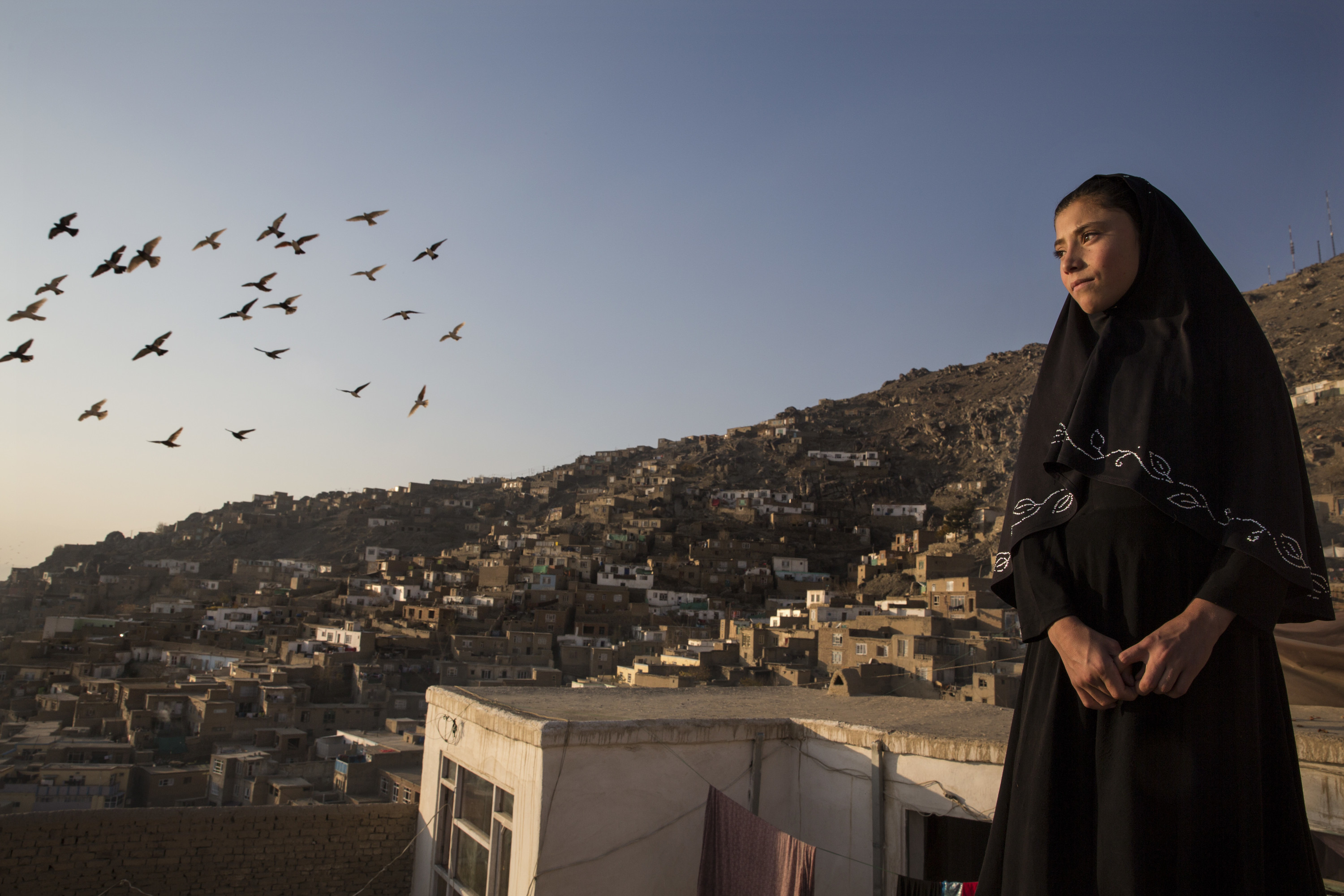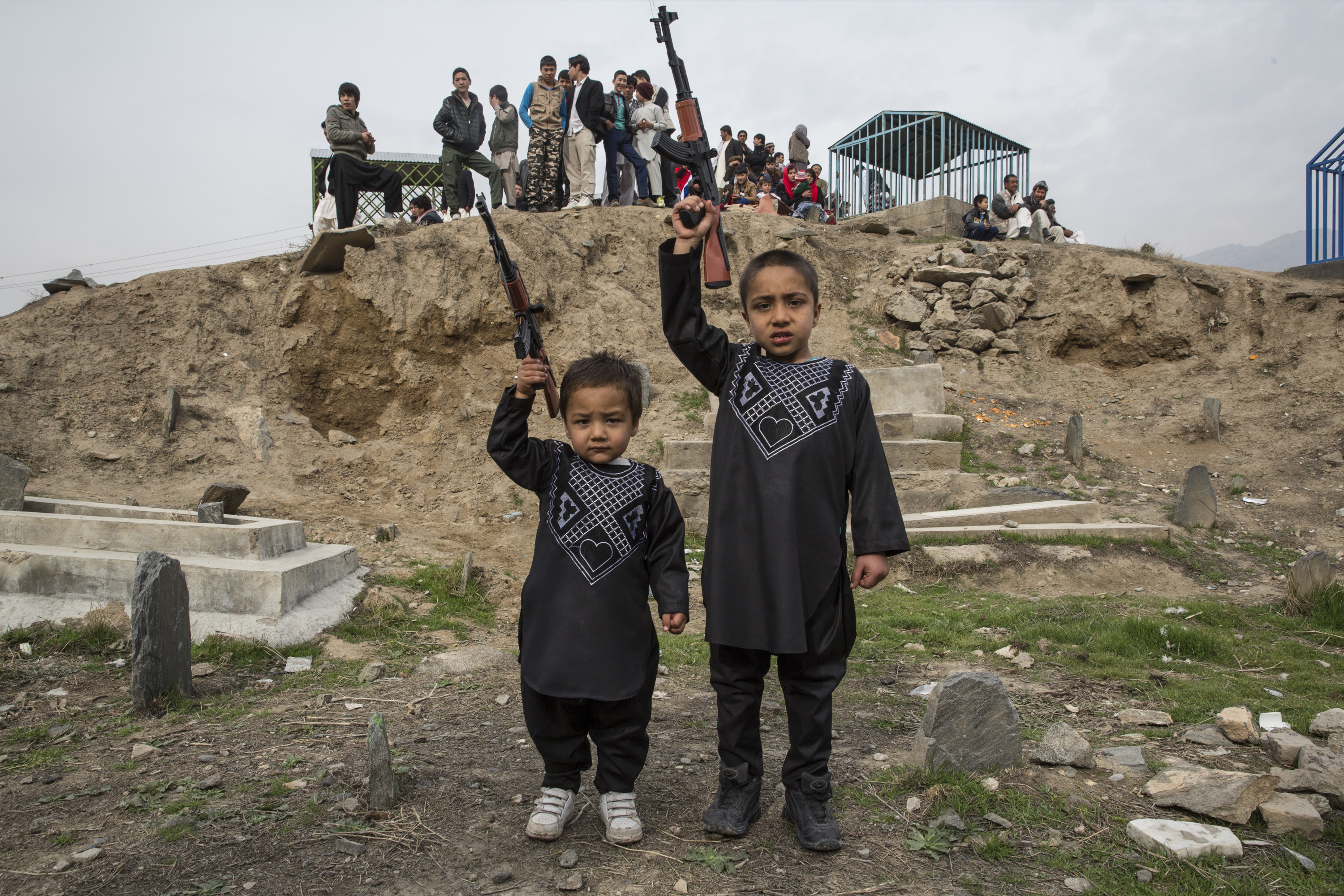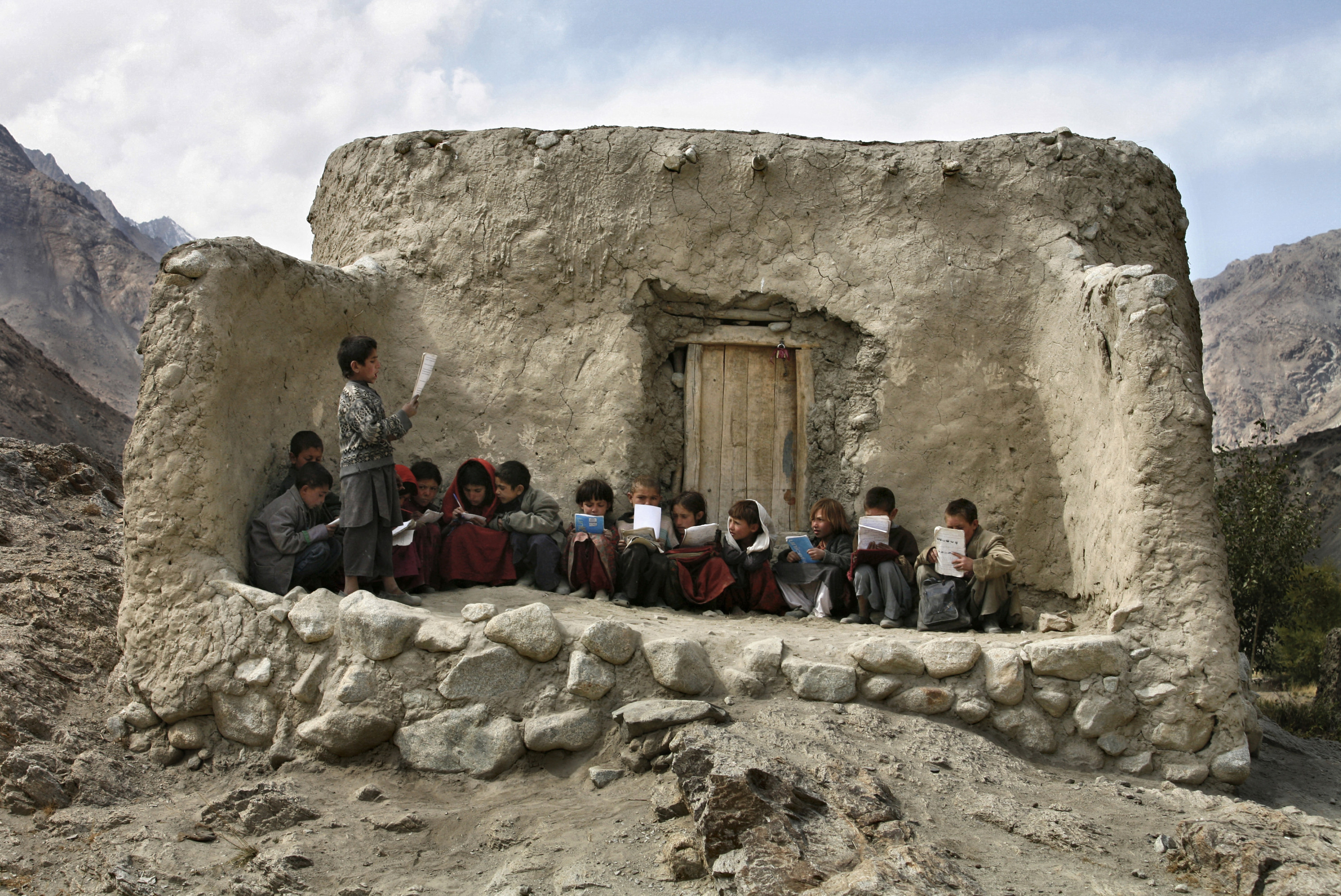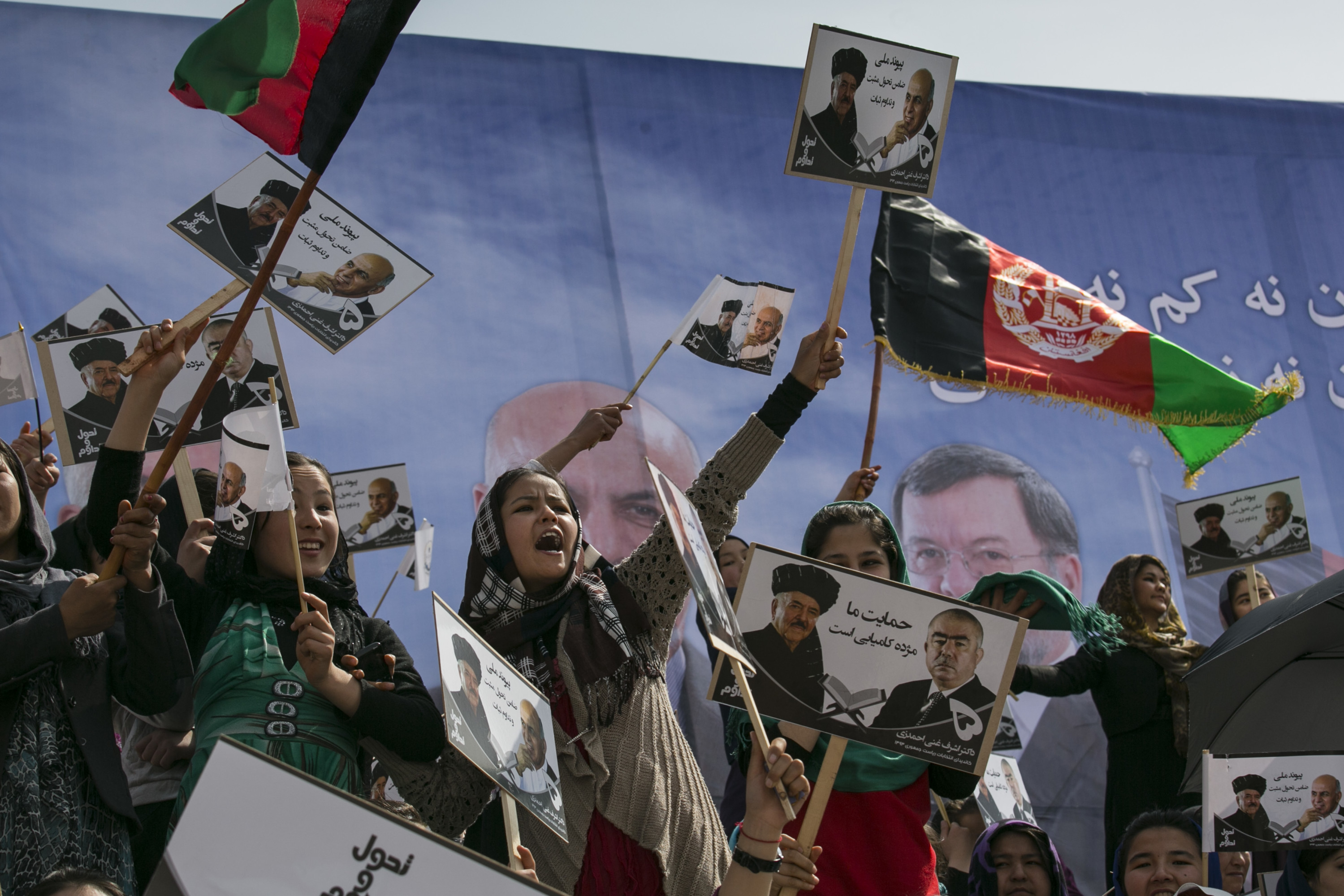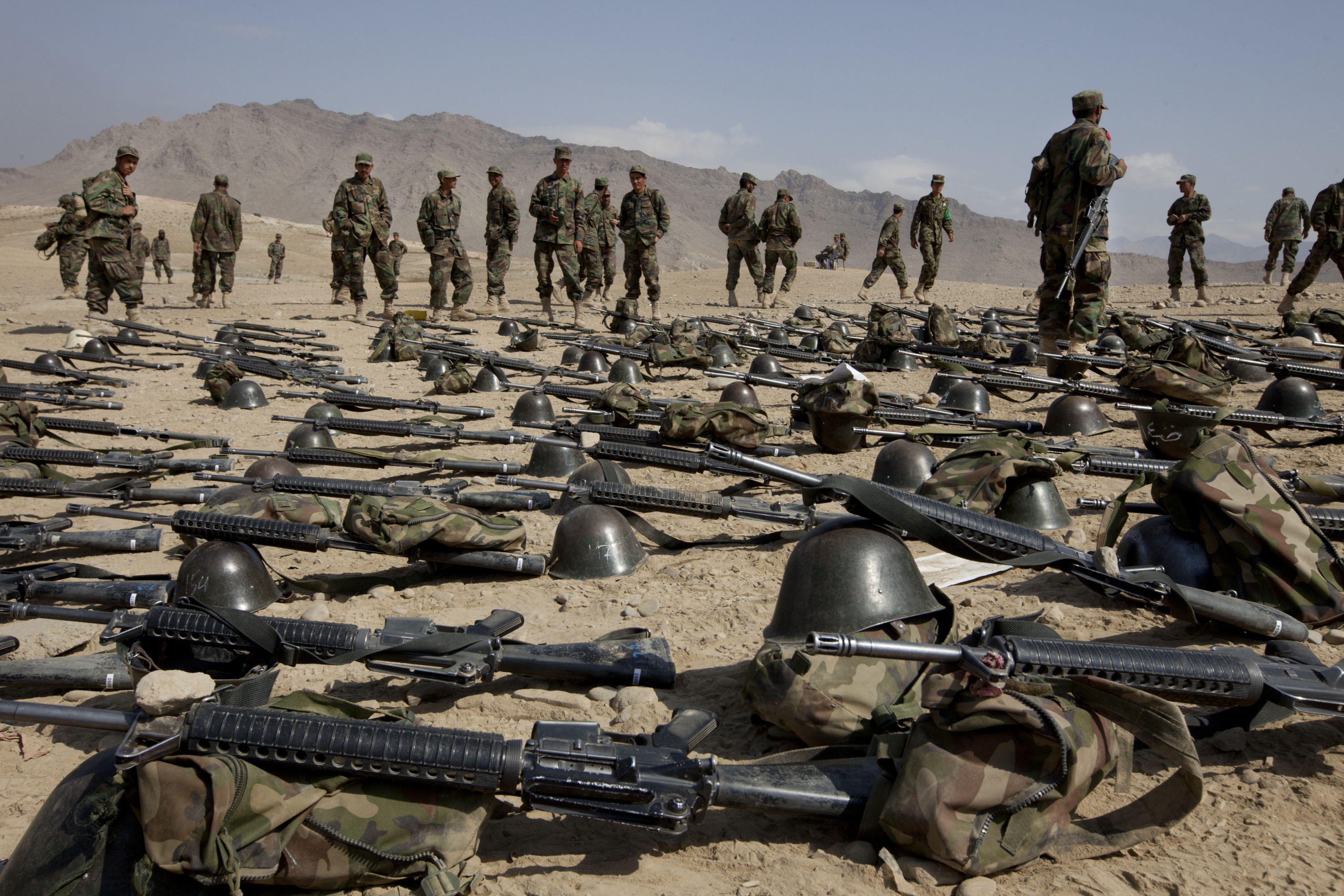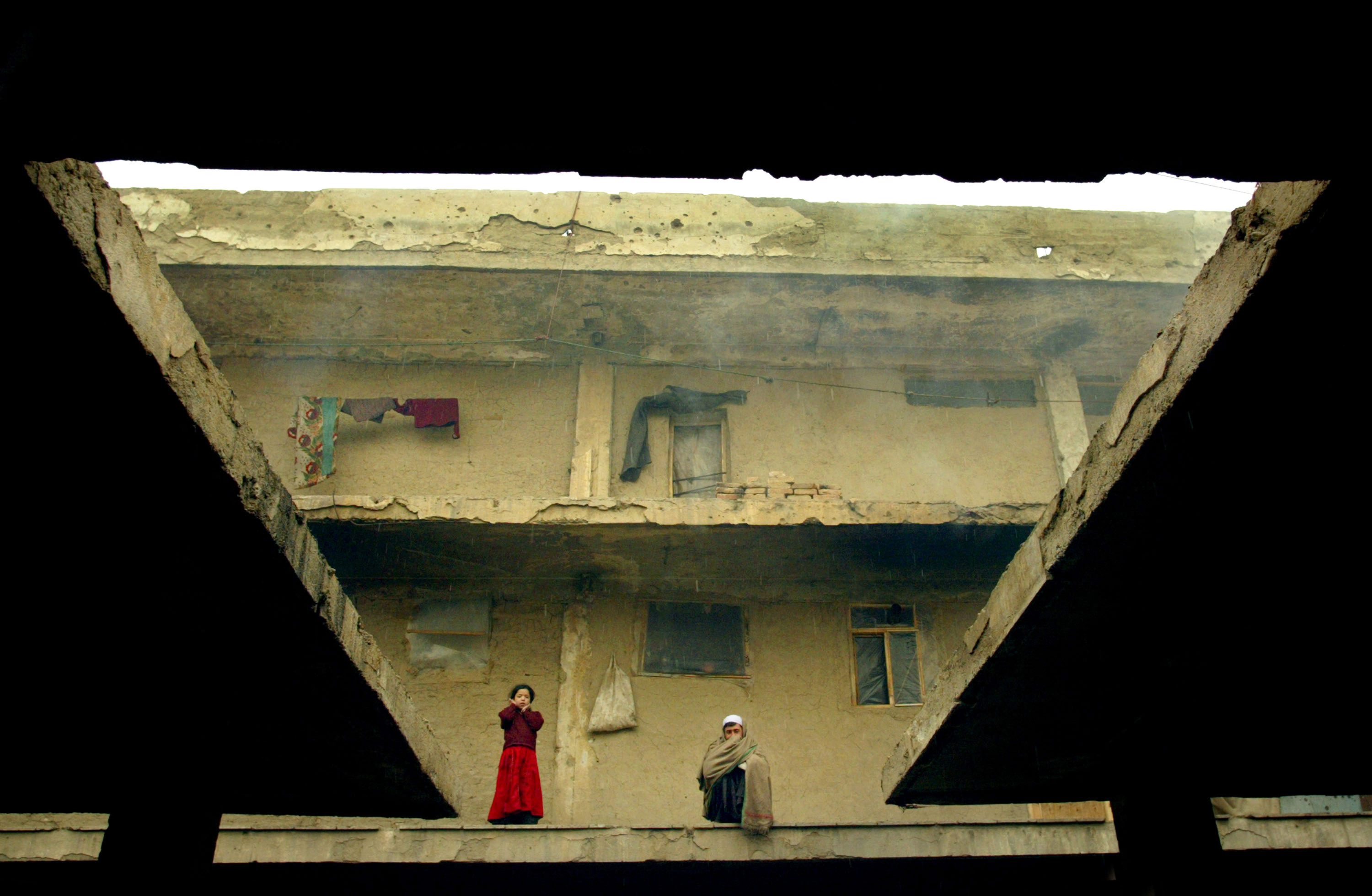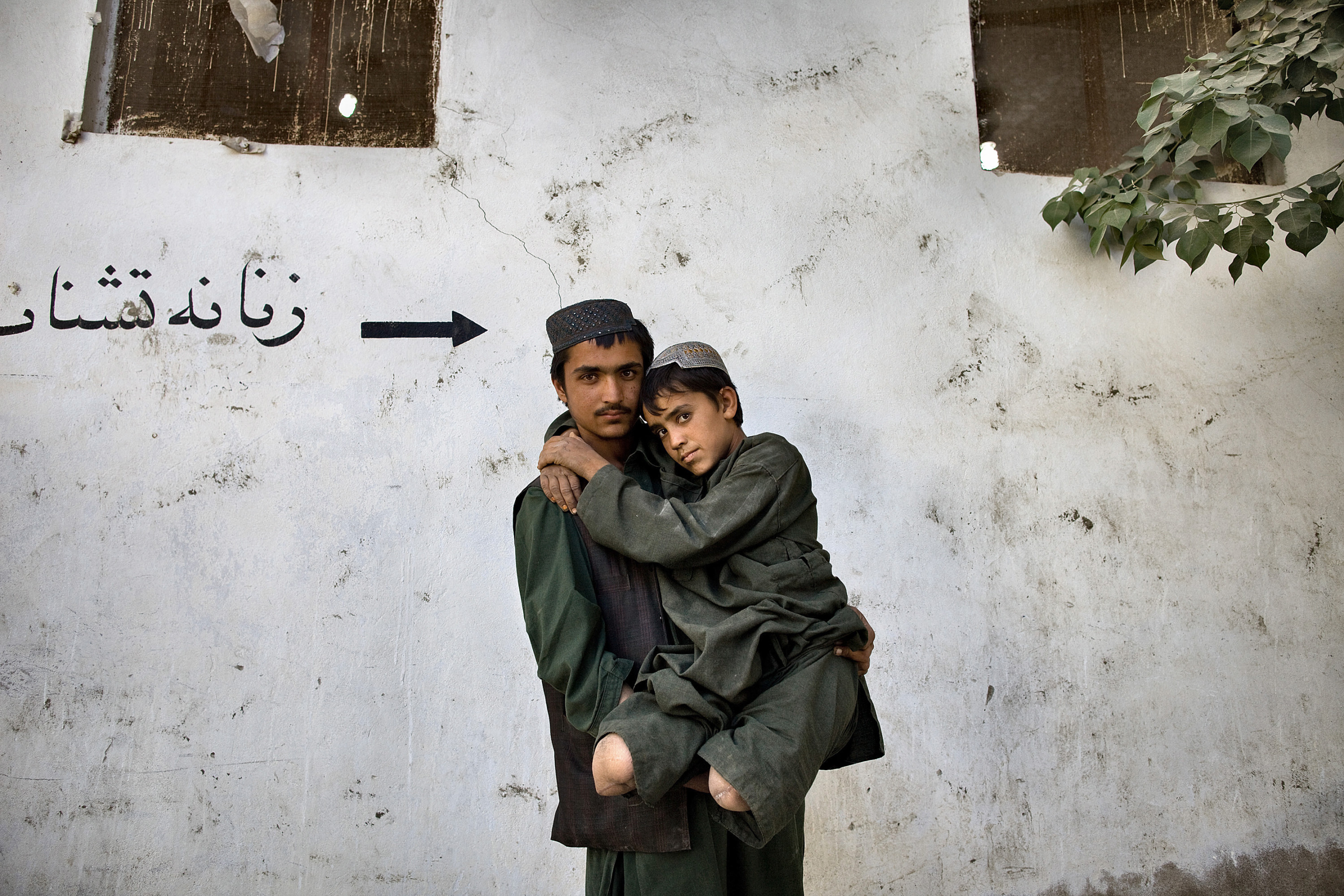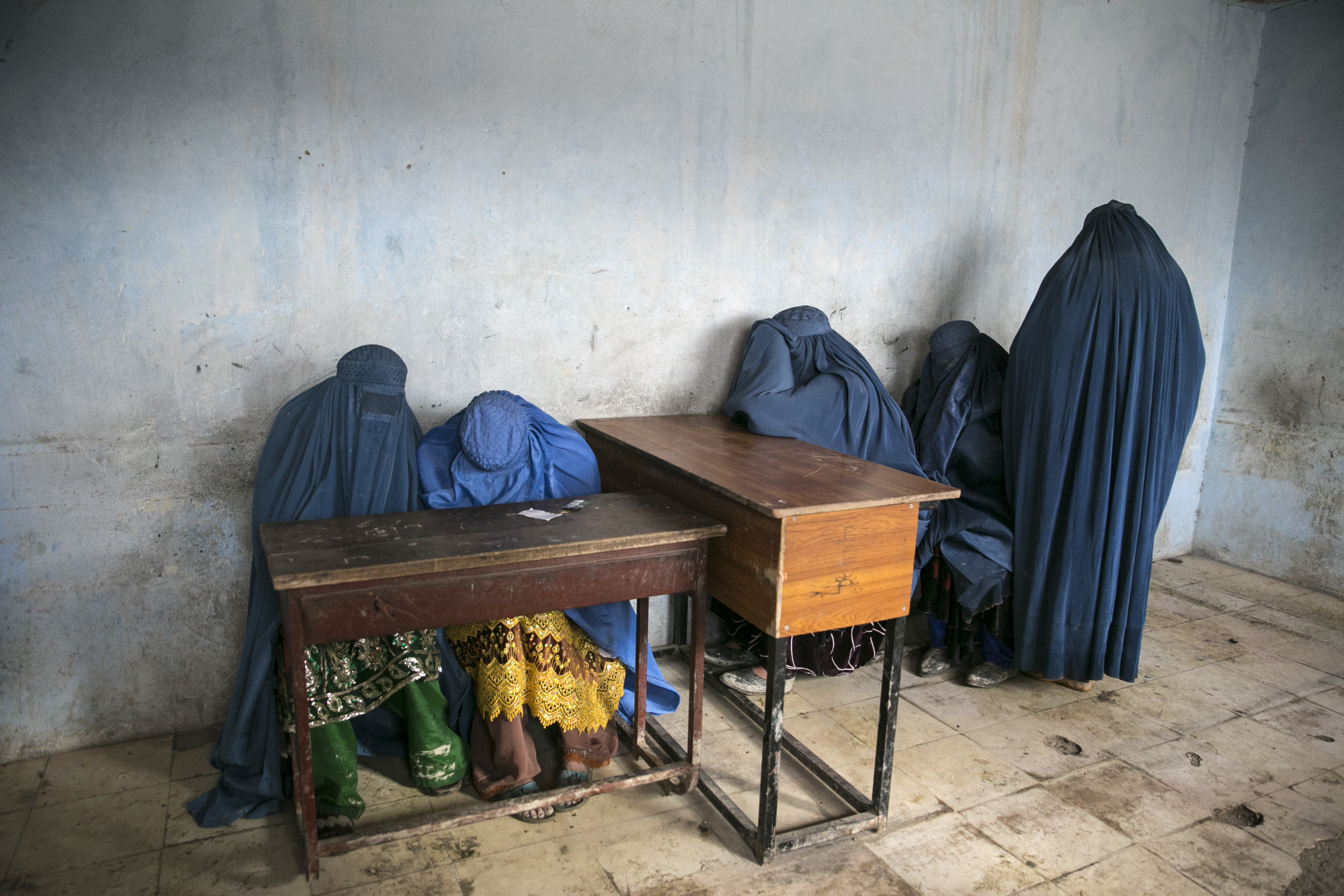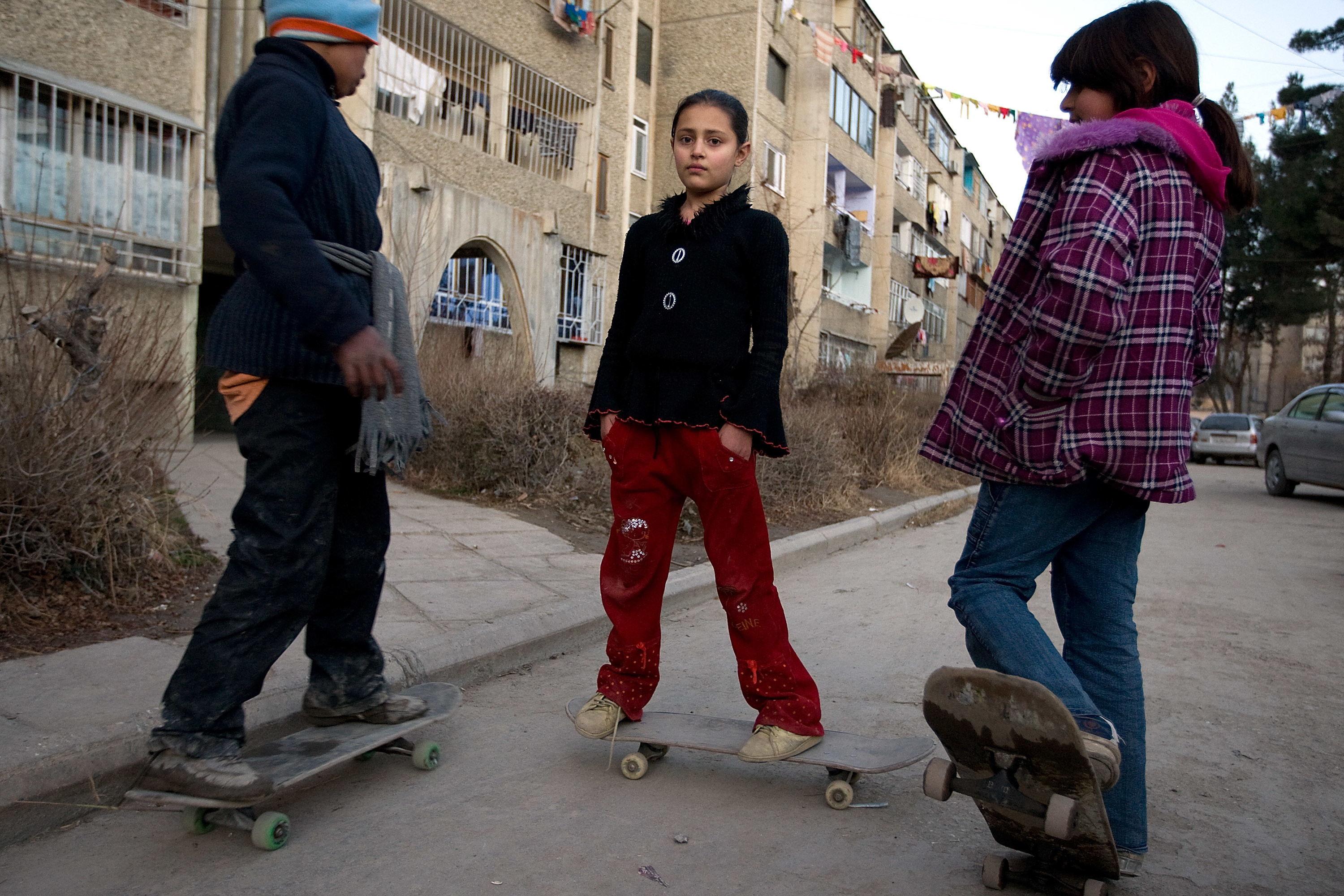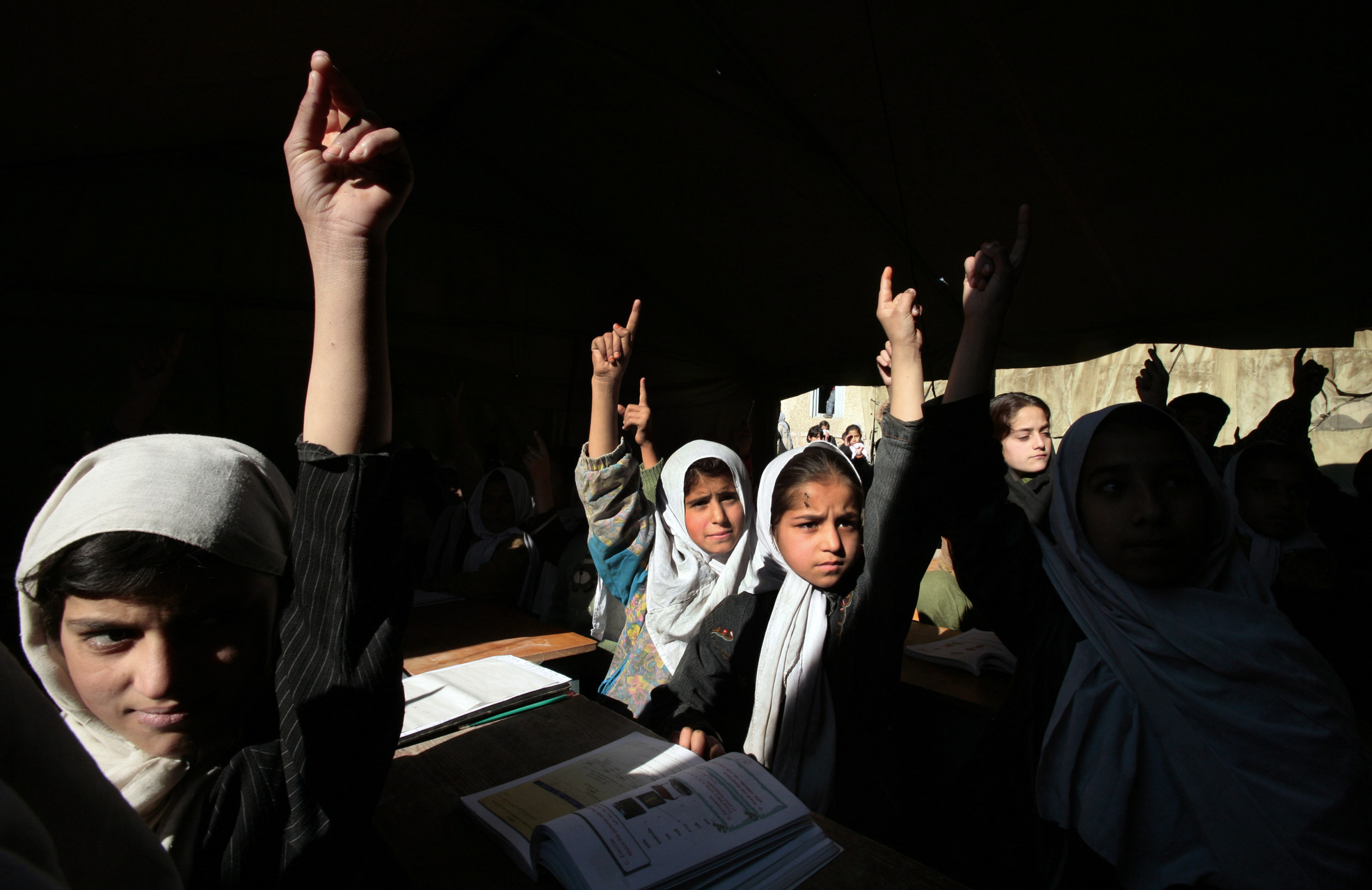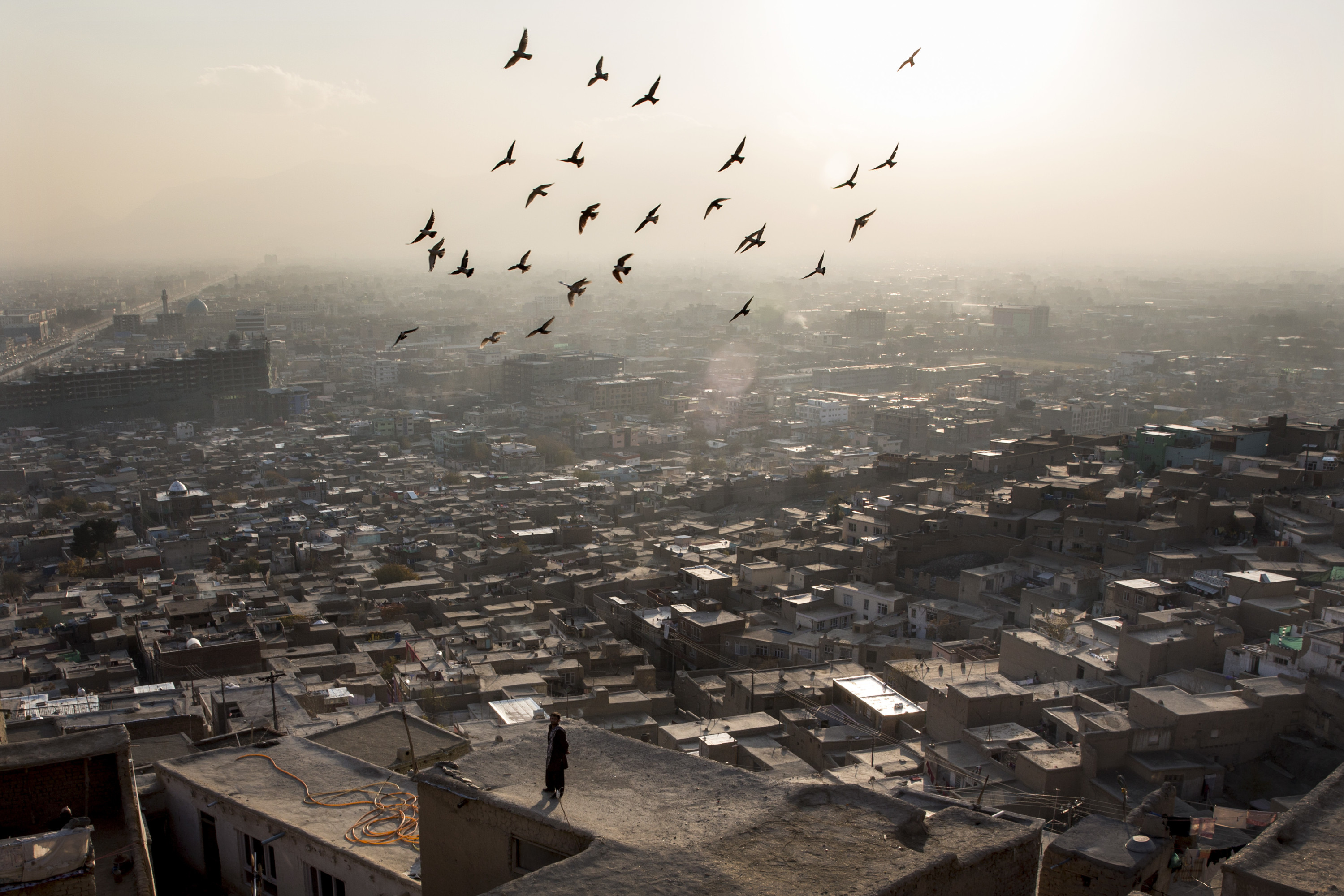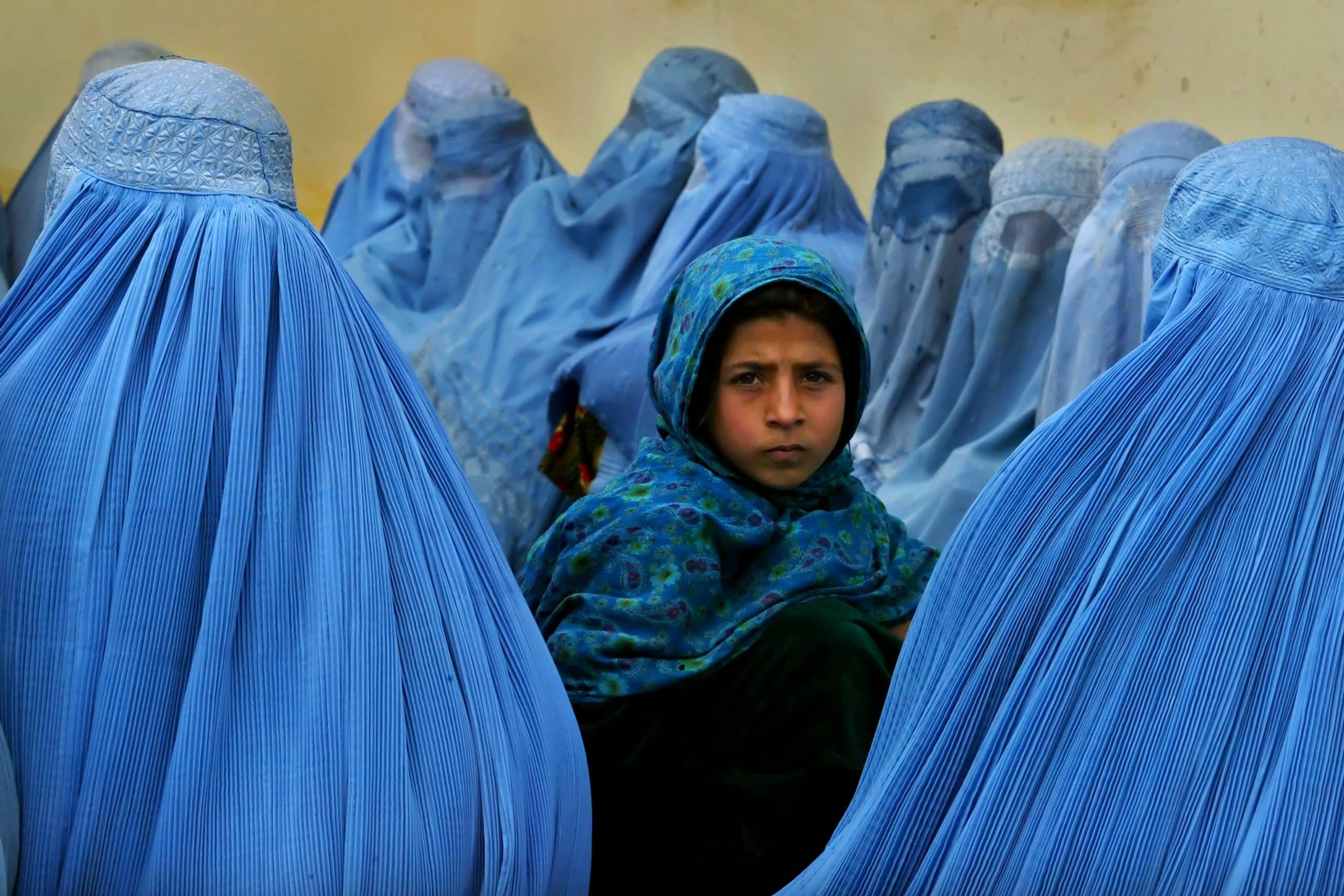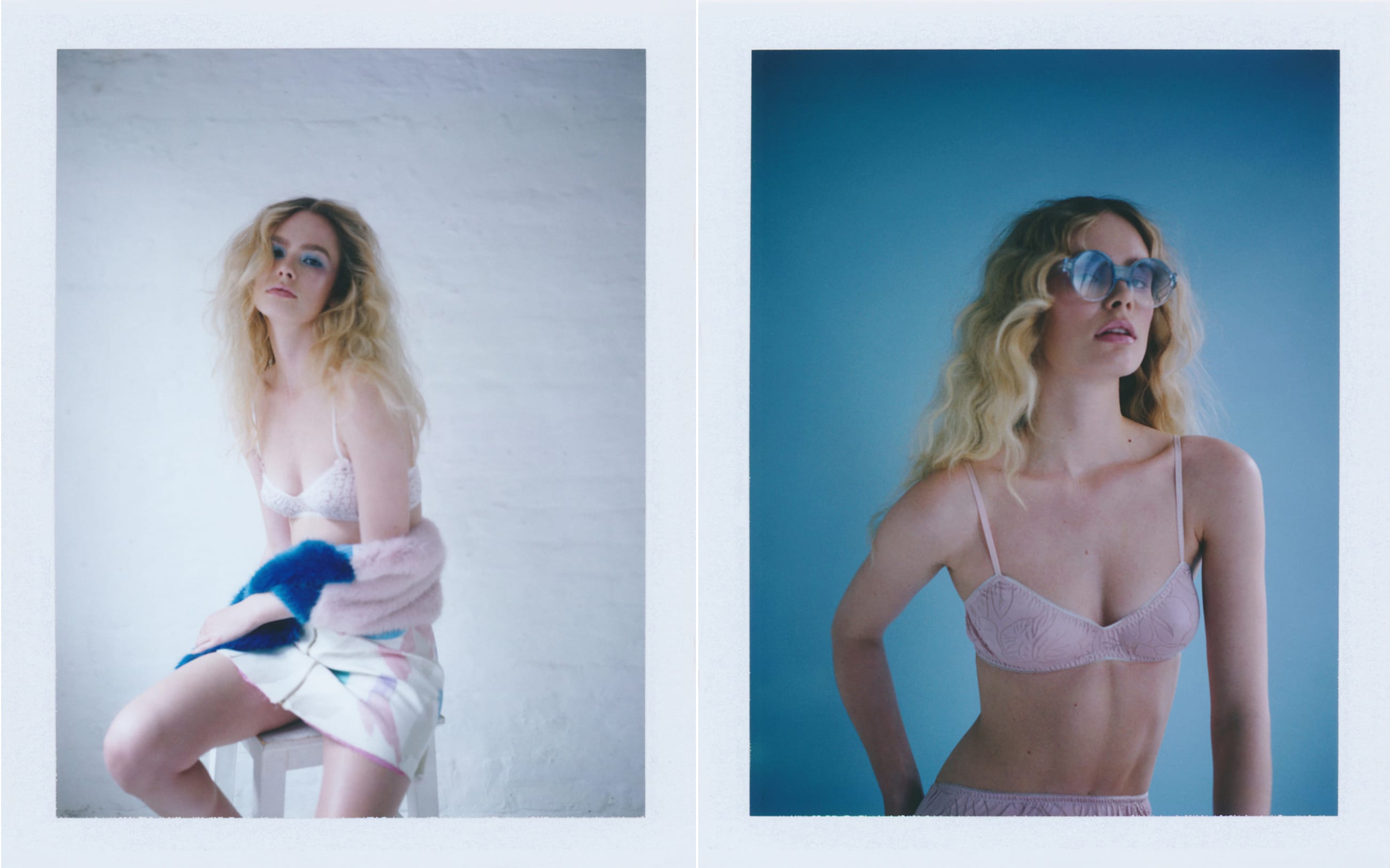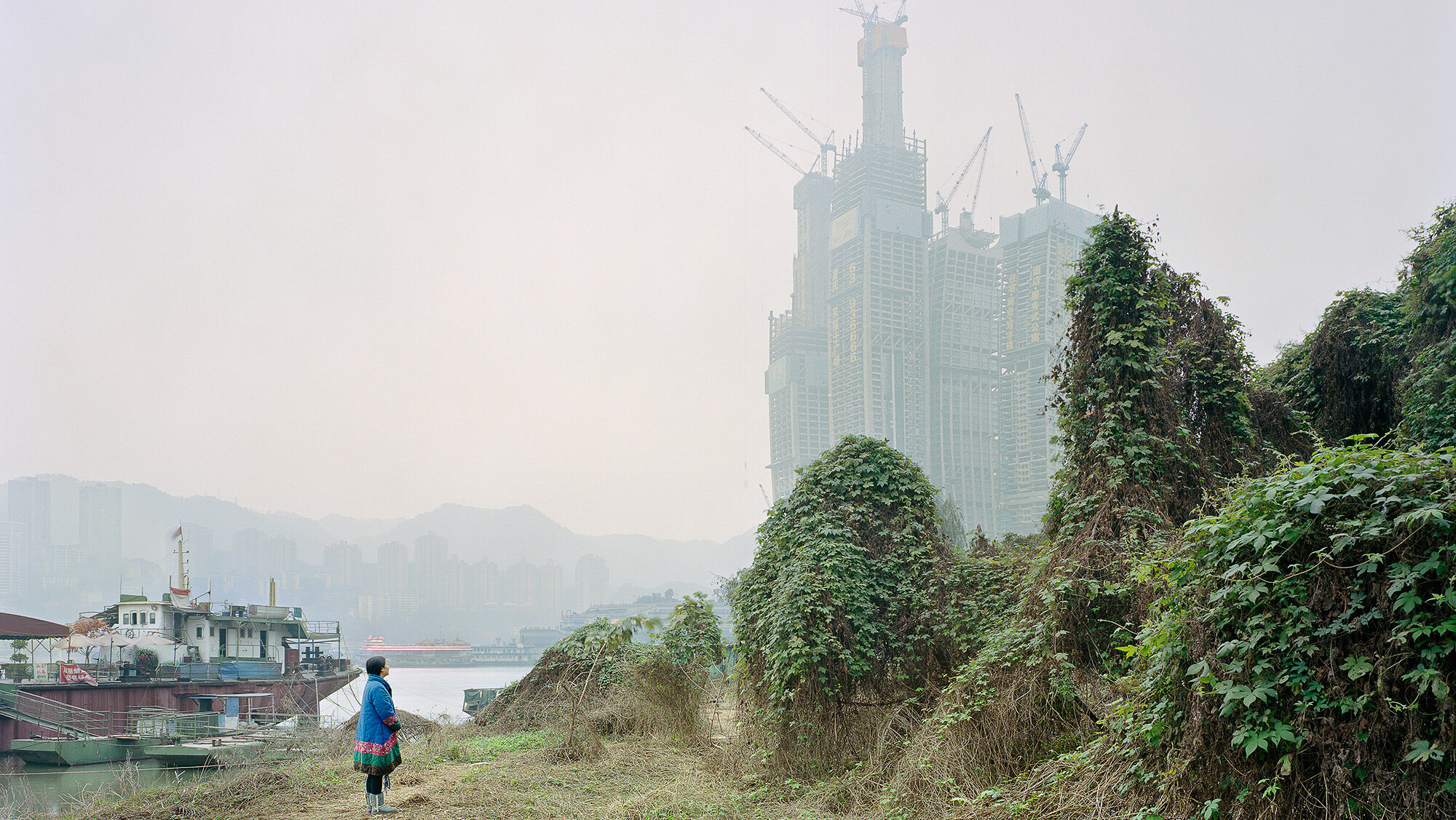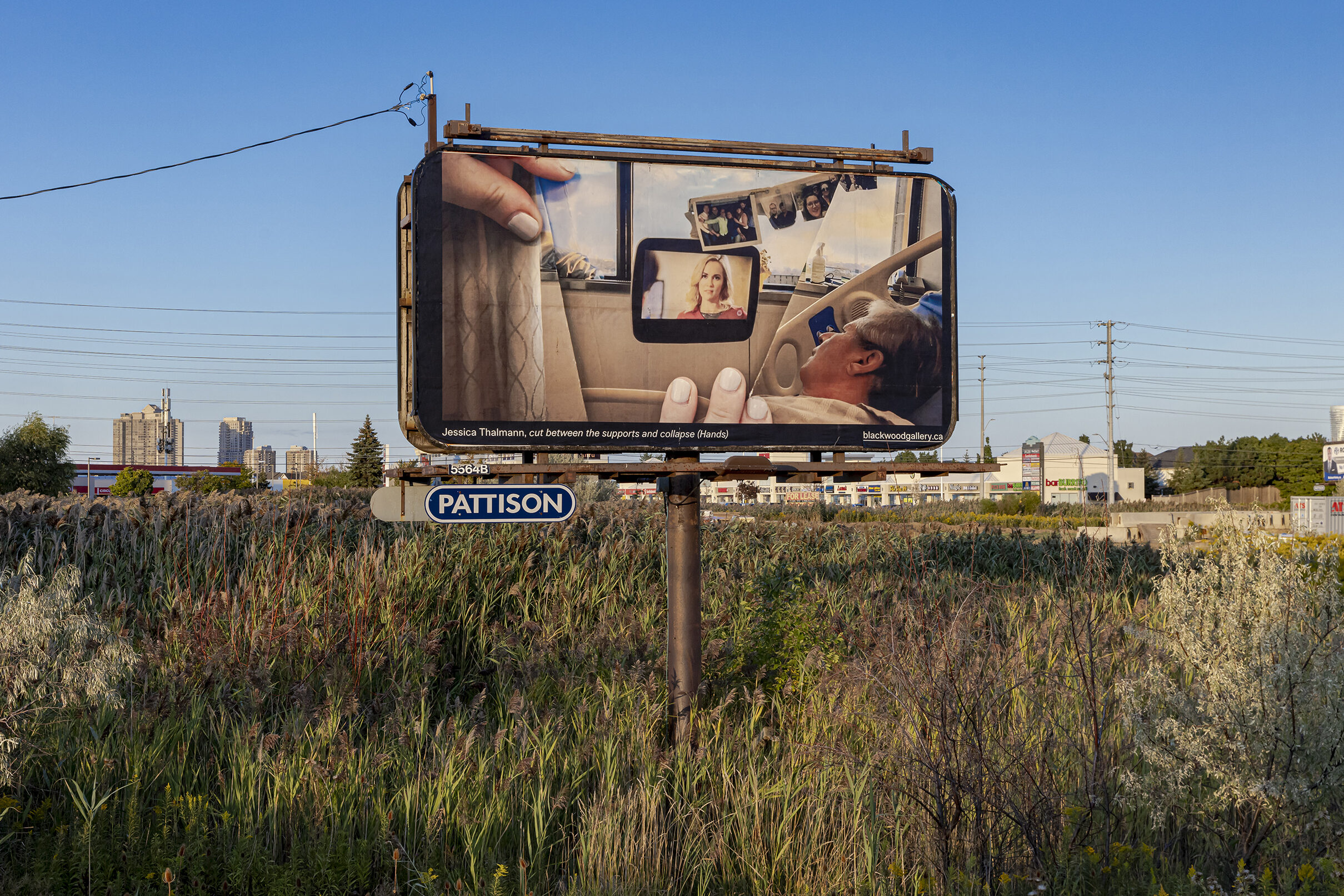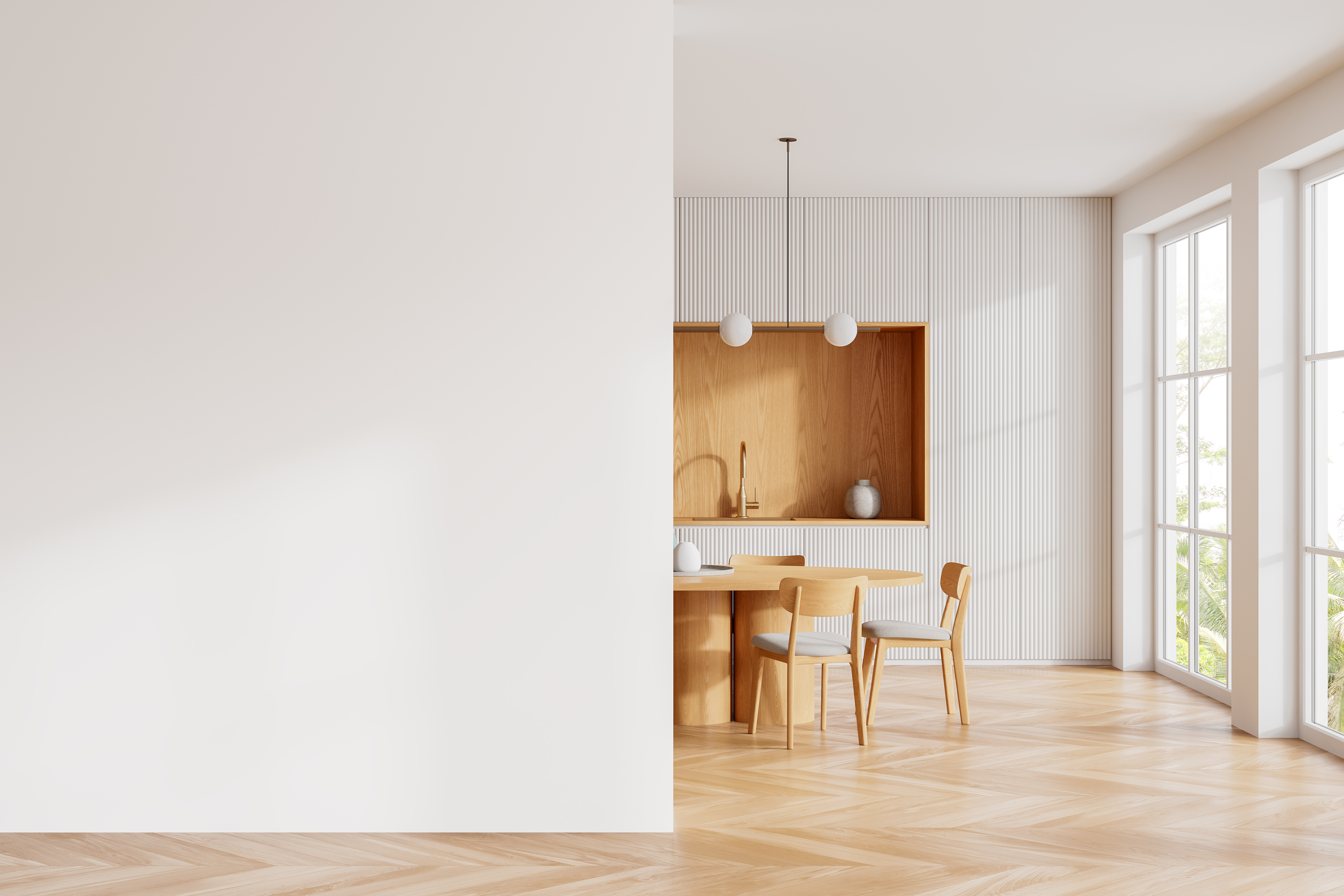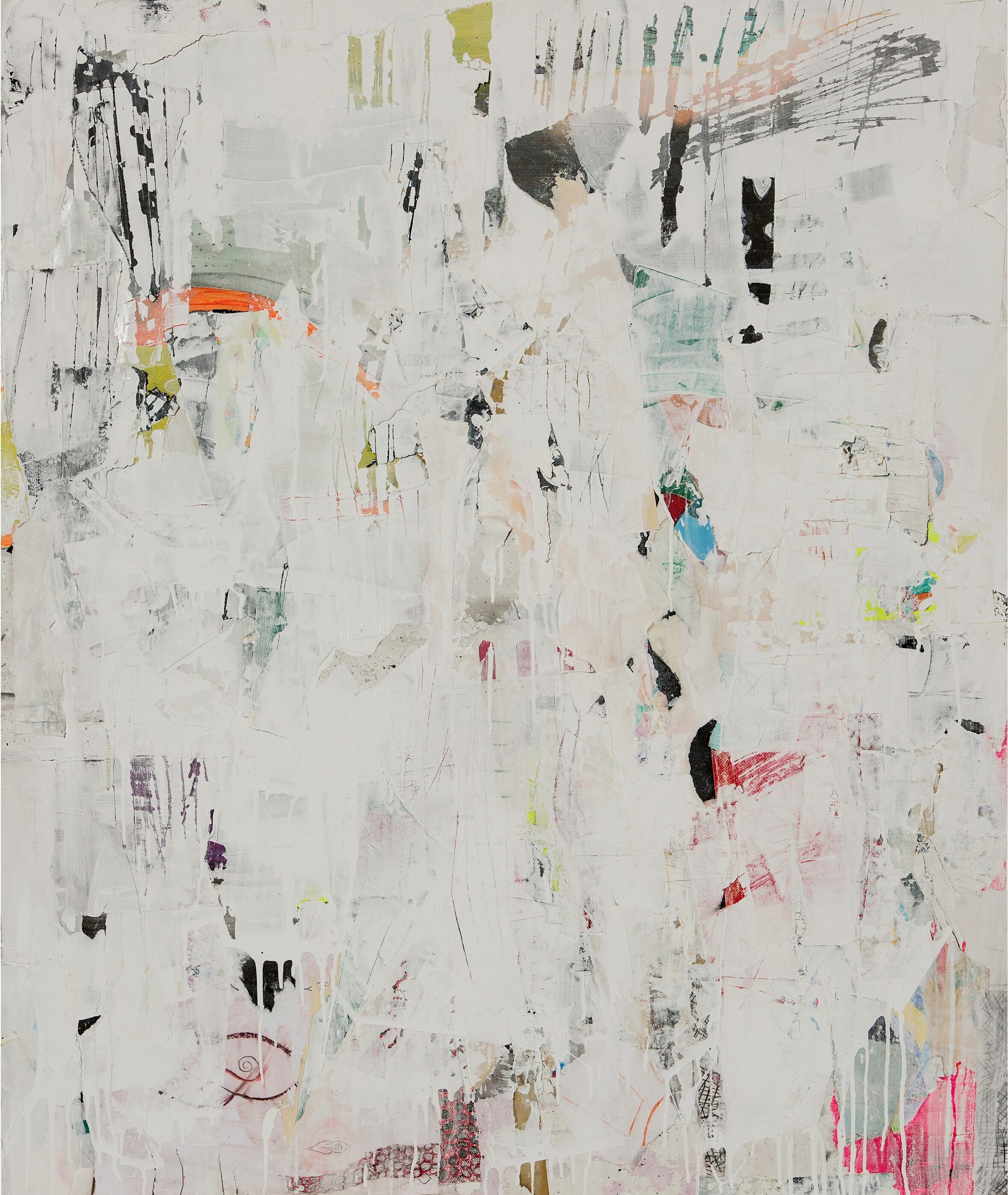When it comes to documentary photography from the frontline of news, it takes a lot to beat Paula Bronstein’s body of work. The photojournalist’s decades-long career has taken her from India to Sudan, Mongolia to Indonesia, documenting political turmoil and natural disasters. Her work has garnered multiple awards, including a Pulitzer nomination.
After graduating from the Rochester Institute, Bronstein worked as a staff photographer on various American newspapers throughout the 1980s, frequently taking sabbaticals to chase stories around the globe. She later worked for Getty Images, where she stayed for 11 years, focusing on Asia and the Middle East, before going freelance in 2013. Bronstein is best known for her work in Afghanistan, where she has been shooting since 2002. Last year, she released her first book, Afghanistan: Beyond Hope and Fear, which brings together a range of her photography from the country.
Bronstein was back in Kabul when we spoke with her on Skype, in between shoots and grappling with limited electricity and unreliable wi-fi. “It’s so corrupt and chaotic here, you can’t even imagine,” she says. “But there’s always something positive too.” We discussed her life documenting the front lines of conflict, and the challenges of rising to the top in a male-dominated field.
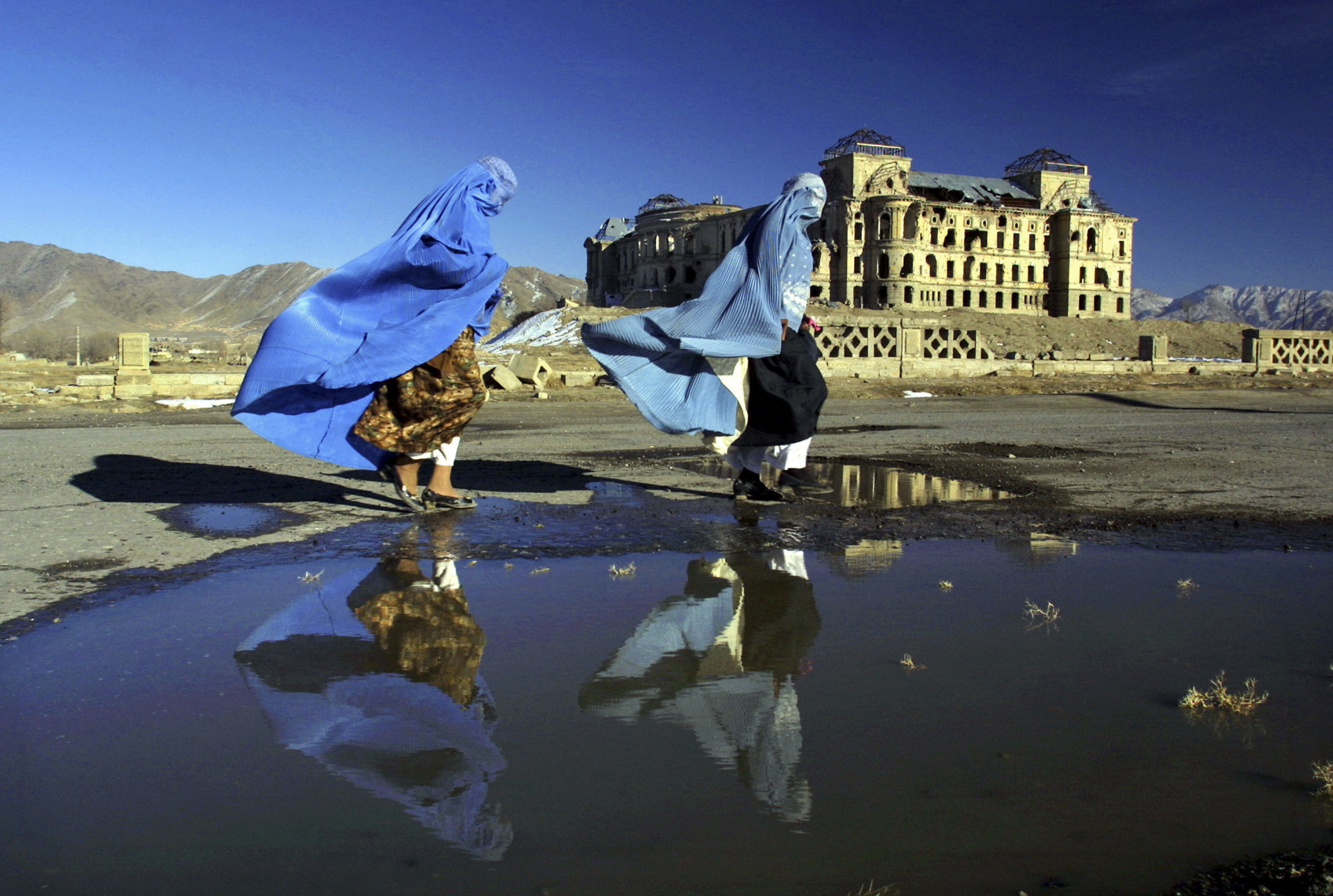
Format: Were you interested in photography from a young age?
Paula Bronstein: Not at all! I was an art major in college, and I did photography as an elective and really excelled in it. I had zero interest in it before that. It just wasn’t on my radar. But once I realized I was good at photography, it became easy for me to find my way. Being a painter and doing fine art had already given me a good sense of light and composition.
How does being a woman in this line of work differ to being a man?
Well, it’s a very male-dominated field. It always has been. I was the only female staff photographer at Getty. I was at the World Press Photo Awards the other weekend, and they were actively trying to get women to apply, as only 15% of the nominees they get are women. Women don’t even put themselves forward. That doesn’t necessarily mean it’s always easier for men, though.
In terms of the work I do, being a woman definitely has an impact. There are some things I can cover much better. In Afghanistan, the women’s stories are so compelling, and it’s something I felt I needed to explore as a female photographer. And Afghan women find it much easier to trust and work with other women.
In a country where the sexes are definitely not equal and where women’s human rights are such a huge problem on a daily basis, you can see why they’re more willing to work with another woman. I can get more intimate in terms of coverage. That goes for any culture in which women tend not to trust the men much. Any work to do with women’s issues I definitely have the upper hand in.
How do you go about gaining your subjects’ trust?
Each situation is completely different. It depends on the sensitivity of the story and how difficult it is to get access. If someone says no or tries to block you, you find a way around it, you try your best to make them change their mind.
For example, in the case of the book cover shot, I was working in the burns unit of the hospital and was trying to do portraits of some of the women there. Sadly, once they’ve tried to kill themselves in such a horrific way, and their bodies are burned, they don’t mind exposing themselves to the camera—because they’ve got to the point where they don’t care any more. But every single time here it’s different. I don’t like to simplify it because it changes all the time.
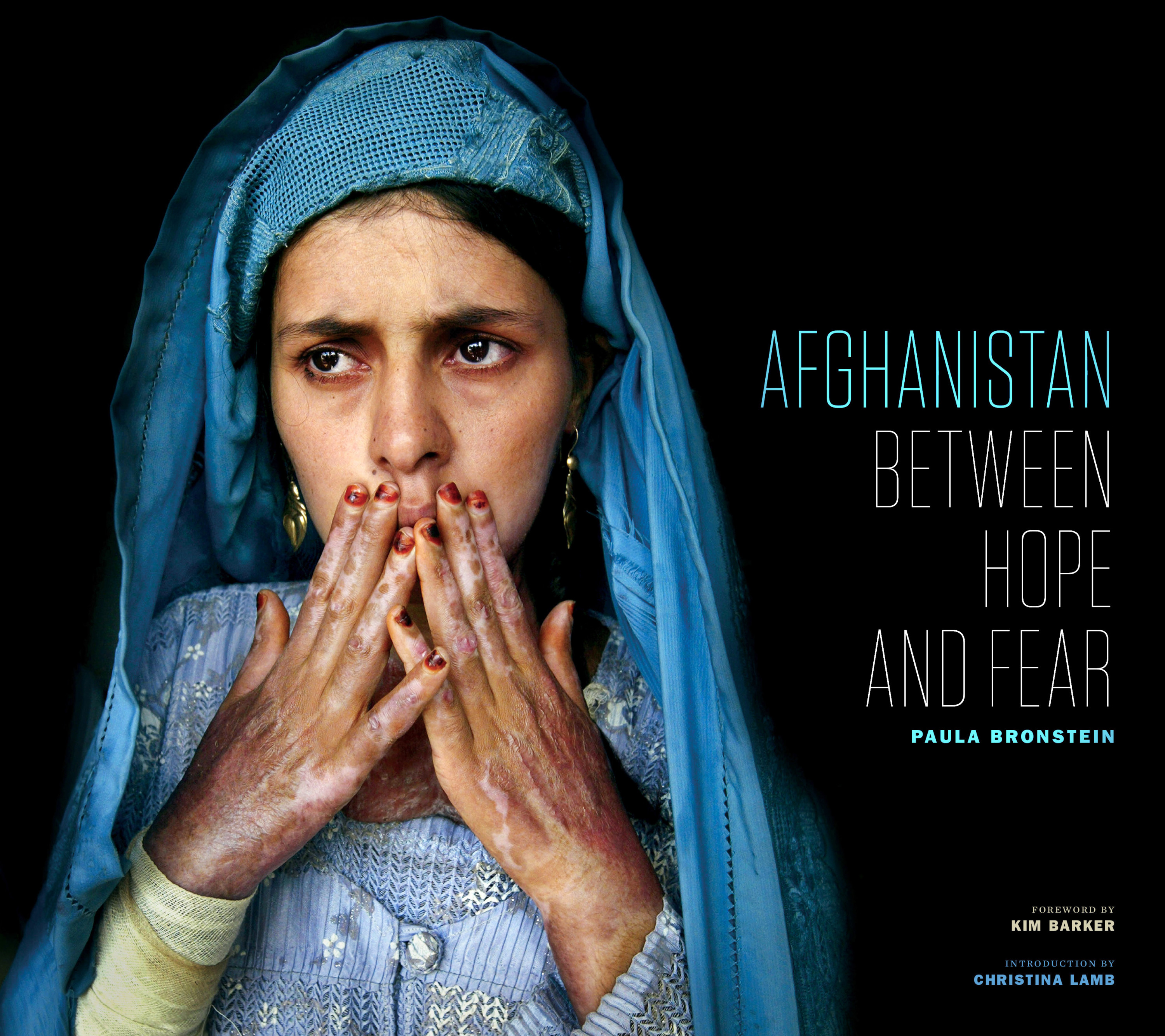
How much of your work is self-initiated and how much is assignment?
I’ve always been a self-starter. At Getty, they don’t have reporters, so all the photographers initiate stories. Now that I’m freelance it’s a mixture of both. I try to do assignment work because I need to make a living. Right now I’m on assignment with Human Rights Watch working on a story about girls’ education, which isn’t a story I would have necessarily dived into, but is actually really interesting. The girls are having lessons in these battered old tents, and the money donated from non-profits has been siphoned off due to corruption.
If there’s something I really want to cover that I don’t think anyone will assign me on, then I’ll try to get funding for it. Chasing grants is difficult and competitive, though. I guess if some photographers are rich and it doesn’t matter if they make money, they can have the luxury of travelling here and there and focusing on whatever suits them. I know that’s how I would rather work. Or maybe they’re just better at applying for grants than me! [laughs]
How often are you away, and how does this impact on your personal life?
My base is Bangkok and I’m away 80% of the time. I’m used to it, as I’ve been working this way for so long. Most people in my field tend to live in cities such as Nairobi or Istanbul so they can jump off to nearby places on assignments. It’s always very social and easy to get together with friends, as we’re all working similar lifestyles.
Relationships are what suffer. If I was living in the US and travelling from there, then I might be able to maintain more of a normal relationship. People struggle to raise families, too. As a woman, you’ll need a supportive husband and access to childcare. Some women manage by having family nearby to help out, or just taking short trips—say, less than two weeks.
What’s your advice for others keen to get into the field?
Have a trust fund! [laughs] No, seriously, you need to have a plan for you’ll make a living, as editorial rates are very low. Look at the grants for emerging photographers, make sure you have the right insurance, research your stories, and think about why you’re doing it and what you’re trying to say.
Find more of Paula Bronstein’s work at her portfolio, and follow her on Instagram at @pbbphoto. This is a selection of work from her book, Afghanistan: Beyond Hope and Fear.
